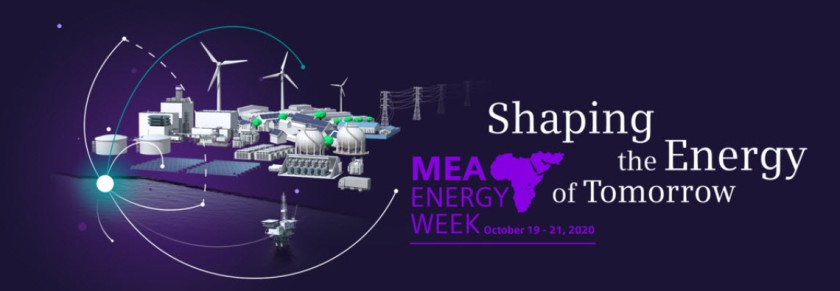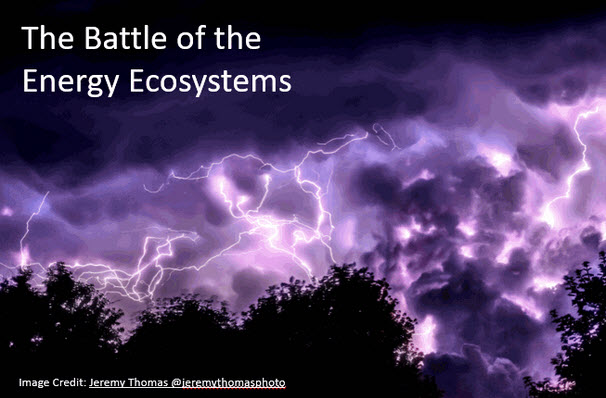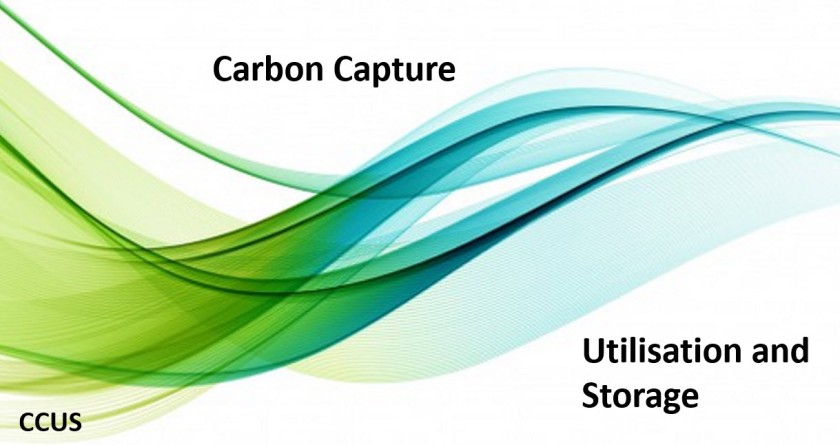
Image source and rights: Siemens Energy
I am attending a virtual event held by Siemens Energy focusing on their Middle East and African region during their #EnergyWeek.
There are three days of focused panels discussing areas around Transformation, Innovation & Sustainability in Energy within these regions.
For me, it is highly valuable. I have had periods living in the Middle East and Africa, the experiences hold many of my important moments over a business career that eventually covered living and working across six continents.
Listening to those involved on these panels sharing their energy challenges, their concerns but above hearing of the progress they are making within their parts of the Energy Transition we are all undertaking was uplifting. Continue reading
 The energy transition needs to re-design around a global energy system built on clean, renewable energy.
The energy transition needs to re-design around a global energy system built on clean, renewable energy.


 Is deep decarbonization possible? The level of investments will be substantial and require enormous changes to the energy system we have in place today.
Is deep decarbonization possible? The level of investments will be substantial and require enormous changes to the energy system we have in place today. The significant shifts we are undergoing in the energy transitions today are allowing real innovation opportunities when you survey the innovation landscape. The challenge is spotting and seizing these opportunities.
The significant shifts we are undergoing in the energy transitions today are allowing real innovation opportunities when you survey the innovation landscape. The challenge is spotting and seizing these opportunities.

